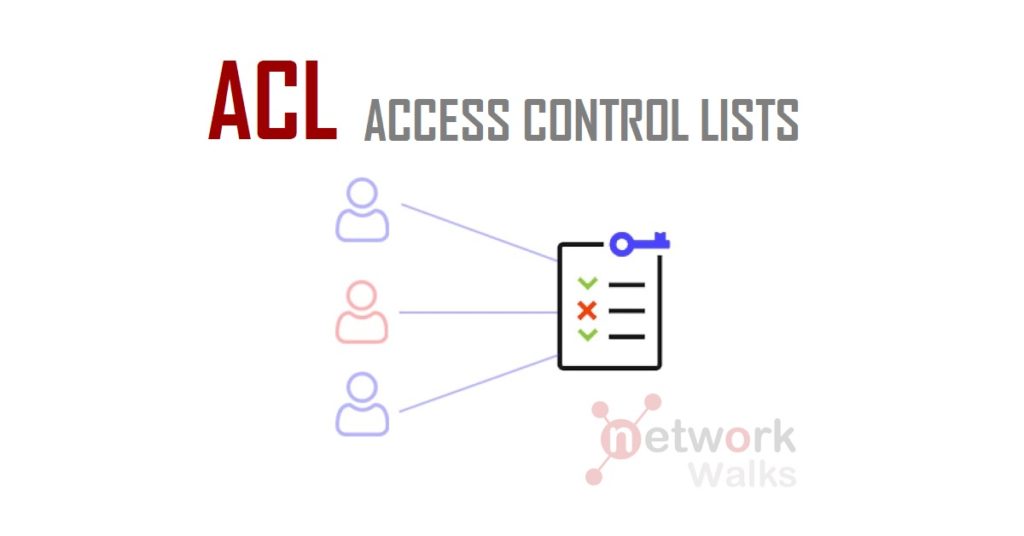
Nmap is one of the most powerful and widely-used tools for network exploration, management, and security auditing. Whether you’re a network administrator, penetration tester, or a cybersecurity enthusiast, Network Mapper (Nmap) is an essential tool in your arsenal for discovering hosts, services, and vulnerabilities on a network. In this guide, we will take a deep dive into what Nmap is, how it works, and how you can use it for network scanning and security assessments. Why Use Nmap? Nmap is an open-source tool that provides comprehensive network discovery and vulnerability scanning capabilities. It allows users to: Scan networks to discover Read More …








